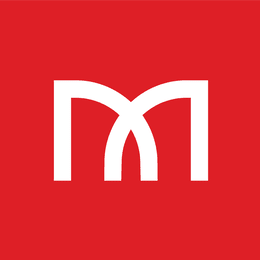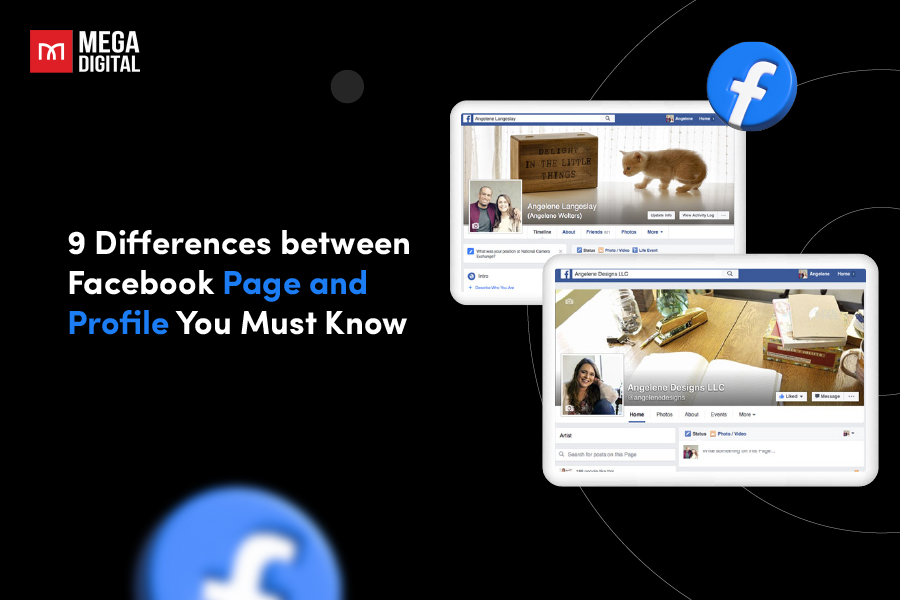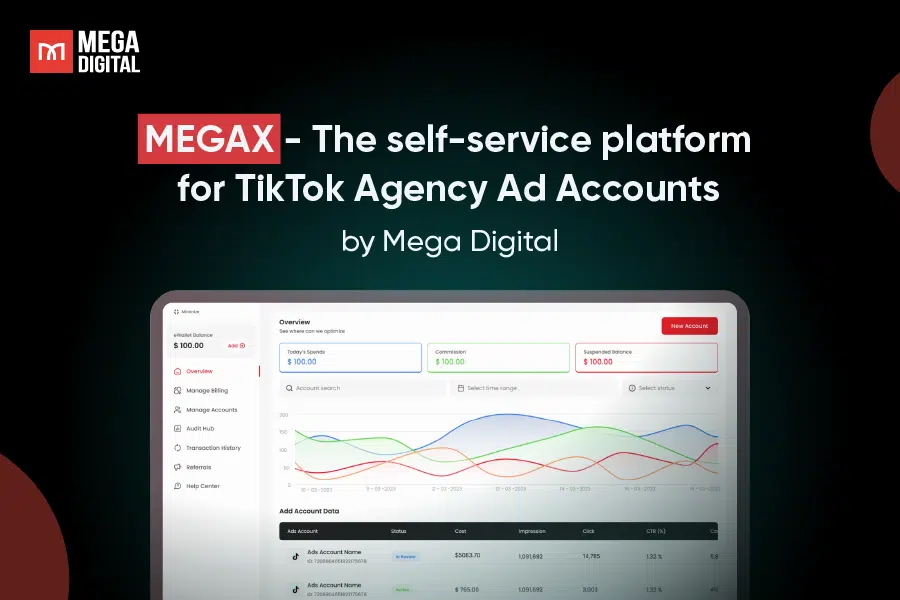Affiliate arbitrage is one of the most profitable — yet most misunderstood — models in digital marketing. Instead of relying on organic traffic, arbitrageurs buy clicks from Google, TikTok, Facebook, or native networks and funnel them into affiliate offers, earning commissions when users convert.
QUICK SUMMARY
- Affiliate arbitrage = buy low-cost traffic from Google, TikTok, Facebook, or native, and funnel it into affiliate offers that pay higher commissions.
- It’s lucrative in 2025 because of high-paying niches (finance, nutra, software, education), scalable traffic channels, and flexible testing with pre-landers.
- But success requires stable ad accounts, precise tracking, cash flow management, and constant optimization to survive bans, competition, and traffic quality issues.
- In this guide, you’ll learn how affiliate arbitrage works, the best traffic sources and offers, pros/cons, proven best practices, common mistakes to avoid, and what the future looks like.
What is Affiliate Arbitrage?
Affiliate arbitrage is a digital marketing strategy where publishers and media buyers purchase paid traffic at a low cost and redirect it to affiliate offers that generate higher commissions. The profit comes from the margin between the cost of buying traffic and the commission earned from conversions.

For example, an arbitrageur might buy 1,000 clicks from Facebook Ads at $0.20 each ($200 total). Those visitors are sent to an affiliate offer that pays $1.50 per lead. If 200 users convert, the payout is $300 — leaving a $100 profit after traffic costs.
Affiliate arbitrage differs from traditional affiliate marketing in one key way:
- Affiliate marketing often relies on organic methods like SEO, content, or influencer promotion to drive traffic.
- Affiliate arbitrage, on the other hand, is primarily paid-driven. Arbitrageurs actively buy traffic from platforms such as Google, TikTok, or native ad networks and resell that traffic to affiliate networks at a higher value.
How Affiliate Arbitrage Works
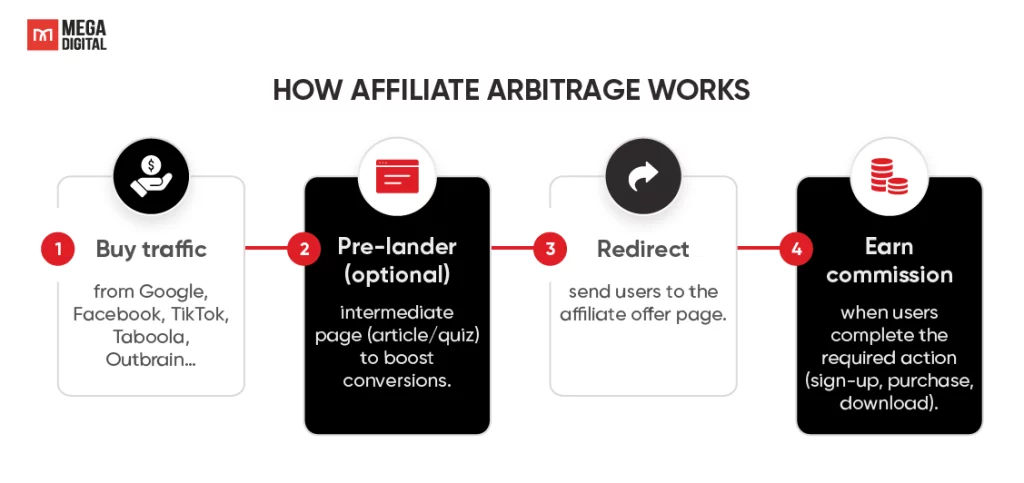
The core idea of affiliate arbitrage is simple: buy traffic for less than the commission you earn from conversions. But in practice, the flow involves multiple steps and careful optimization.
Typical workflow:
- Buy traffic – Arbitrageurs purchase clicks from platforms like Google Ads, Facebook Ads, TikTok Ads, or native networks such as Taboola and Outbrain.
- Pre-lander (optional) – Some campaigns use an intermediate landing page (e.g., an article or quiz) to “warm up” users before sending them to the affiliate offer. This step helps improve conversion rates.
- Redirect to affiliate offer – Users are sent to the offer page provided by an affiliate network (CPA, CPL, or CPS).
- Earn commission – When users complete the required action (sign-up, sale, download), the arbitrageur earns a payout.
1-Click vs. 2-Click Flows
- 1-Click Flow: Paid Ad → Affiliate Offer. Simple but usually less effective.
- 2-Click Flow: Paid Ad → Pre-lander → Affiliate Offer. More common because it pre-qualifies users and boosts conversions.
Key stakeholders in affiliate arbitrage:
- Arbitrageur: The media buyer managing traffic flow.
- Ad Networks: Platforms like Google, TikTok, Facebook where traffic is purchased.
- Affiliate Networks: Providers of offers (finance, nutra, software, etc.) that pay commissions.
Ultimately, success in affiliate arbitrage depends on whether the revenue from affiliate commissions consistently exceeds the cost of buying traffic — and that requires testing, tracking, and reliable ad accounts to keep campaigns running.
Best Traffic Sources for Affiliate Arbitrage
Not all traffic sources work equally well for affiliate arbitrage. The key is to balance cost, intent, and scalability. Here are the most effective channels in 2025:
Search Ads
- Why it works: Search traffic has the highest intent — users are actively looking for solutions.
- Best for: Finance, insurance, software, and education offers.
- Challenge: CPC is higher and strict compliance rules apply.
Social Media Ads
- Why it works: Huge reach, advanced targeting, and cheaper CPC than search.
- Best for: Viral content, eCommerce, sweepstakes, lead-gen offers.
- Challenge: Account suspensions and ad fatigue are common.
Native Ads
- Why it works: Blends into publisher content, delivering large volumes of affordable traffic.
- Best for: Nutra, health, and content-heavy niches.
- Challenge: Engagement can be lower without strong creatives.
Email & Push Traffic
- Why it works: Highly targeted if lists are quality, often cost-effective.
- Best for: Lead gen, sweepstakes, finance offers.
- Challenge: Harder to scale and depends on list quality.
Referral & Influencer Traffic
- Why it works: Partnering with blogs or influencers gives access to niche audiences.
- Best for: E-commerce and product-based affiliate offers.
- Challenge: Less predictable, requires strong partnerships.
No matter which source you choose, account stability is crucial. Many affiliate arbitrageurs rely on Mega Digital’s agency ad accounts for Google, TikTok, and Facebook to keep campaigns active and scale safely.
Types of Affiliate Offers Suitable for Arbitrage
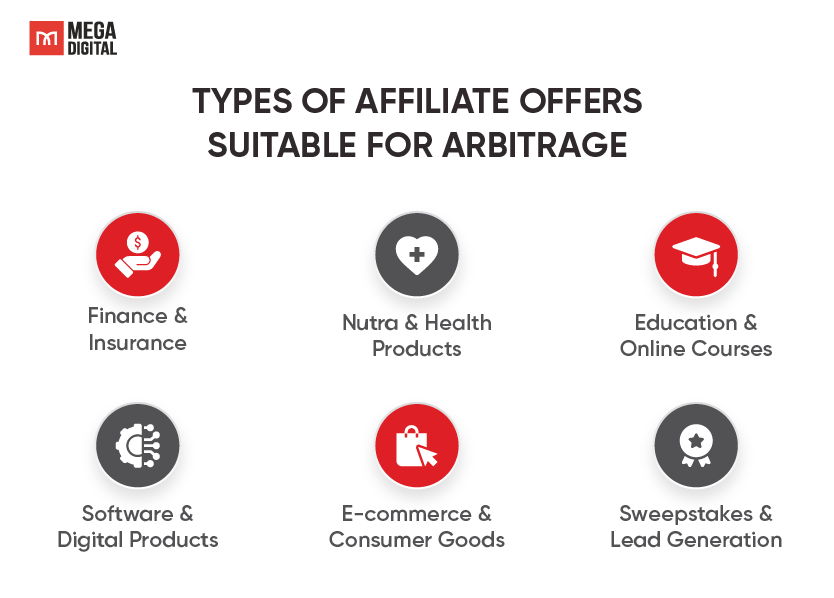
Choosing the right offers is one of the most important factors in affiliate arbitrage. Some verticals are more profitable because they pay higher commissions or have stronger user intent. Below are the top types of offers that work well for arbitrage in 2025:
1. Finance & Insurance
- High-paying vertical with strong demand.
- Examples: credit cards, personal loans, refinancing, car insurance.
- Best suited for search ads where user intent is clear.
2. Nutra & Health Products
- Supplements, weight loss, skincare, male enhancement.
- Works well with native ads and social media because of broad appeal.
- High conversion rates if creatives are optimized.
3. Education & Online Courses
- Offers related to degrees, certifications, and e-learning.
- Performs best on search traffic (Google, Bing) where queries are intent-driven.
- Good for lead generation campaigns.
4. Software & Digital Products
- Antivirus, VPNs, SaaS tools, productivity apps.
- Strong payouts, often recurring commissions.
- Works well with both search and affiliate traffic arbitrage models.
5. E-commerce & Consumer Goods
- Popular affiliate products: gadgets, home appliances, apparel, accessories.
- Best with social media ads and influencer/referral traffic.
- Margin per conversion may be lower, but scalable with volume.
6. Sweepstakes & Lead Generation
- Simple offers like sign-ups, free trials, giveaways.
- Easy for beginners, lower payouts but high conversion rates.
- Works best with social ads and push/email traffic.
Pros & Cons of Affiliate Arbitrage
Like every digital marketing model, affiliate arbitrage comes with strengths and challenges. Knowing both sides helps you set the right expectations before investing.
Pros
Higher payouts than AdSense arbitrage
- Instead of earning a few cents per click, affiliate offers often pay several dollars per conversion.
Wide range of verticals
- From finance and education to nutra and e-commerce, there are countless offers to test and scale.
Scalability with paid traffic
- As long as your ROI is positive, you can scale campaigns quickly by increasing traffic volume.
Flexibility in testing
- Easy to pivot between offers, traffic sources, and niches to find the most profitable combinations.
Cons
Account bans and compliance risks
- Running paid ads for affiliate offers often violates ad platform policies. Accounts can be suspended without warning.
Many affiliate arbitrageurs use Mega Digital’s agency ad accounts (Google, TikTok, Facebook) to reduce suspension risks and keep campaigns live.
High competition in profitable niches
- Verticals like finance and nutra attract many media buyers, making CPCs higher and margins tighter.
Traffic quality challenges
- Low-quality or bot traffic reduces conversions and may get you banned from affiliate networks.
Cash flow pressure
- You pay for ads upfront, but affiliate networks often pay monthly or bi-weekly. Poor cash flow management can stall campaigns.
Constant optimization required
- Offers burn out, creatives fatigue, and CPCs change — campaigns need ongoing monitoring and adjustment.
Best Practices for Success
Affiliate arbitrage can be highly profitable, but only if managed with discipline and the right approach. Here are proven practices to improve your odds of success in 2025:
Pick the Right Verticals
Focus on niches with strong demand and high payouts, such as finance, insurance, education, or software. Test multiple offers, but double down on the ones that show consistent ROI.
Optimize Pre-Landers and CTAs
A pre-lander (quiz, article, or comparison page) can warm up users before sending them to the offer. Make sure it loads fast, looks trustworthy, and uses clear calls-to-action to boost conversions.
Diversify Traffic Sources
Don’t rely on a single platform. Mix search, social, native, and push to spread risk and scale campaigns more steadily.
Secure Multiple Stable Ad Accounts
Your campaigns stop the moment an account is banned. Many affiliate arbitrageurs rely on Mega Digital’s agency ad accounts across Google, TikTok, and Facebook to maintain stability and scale without interruptions.
Manage Cash Flow Wisely
Expect delays between ad spend and affiliate payouts. Keep a financial buffer to avoid stalling campaigns, especially when scaling.
Track and Analyze Every Step
Use tools like Voluum, RedTrack, or Bemob to monitor CTR, CVR, and EPC. Tracking helps you identify which traffic sources, creatives, and offers actually drive profit.
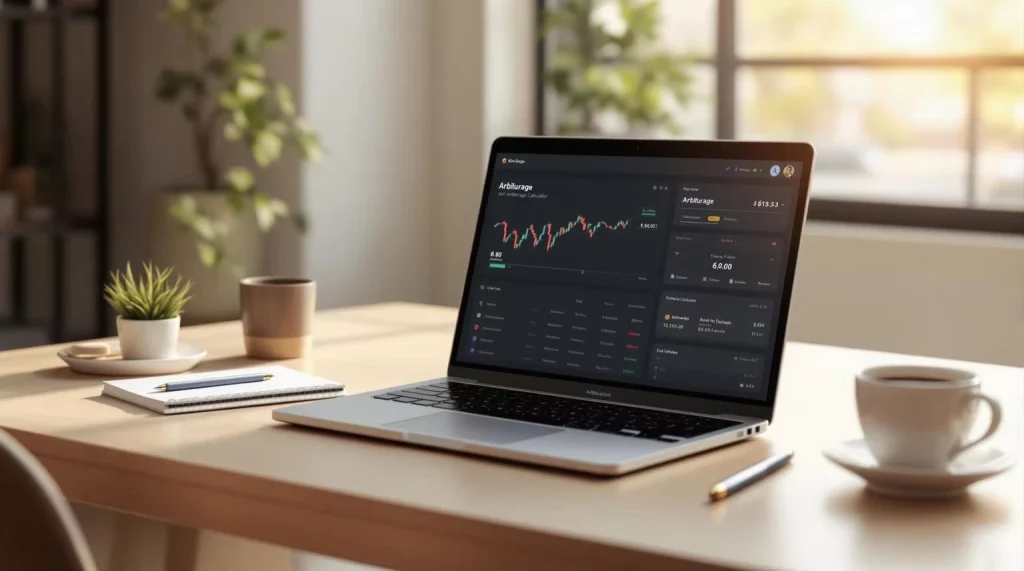
Common Mistakes to Avoid
Even experienced media buyers fall into traps that can quickly burn through budget. Avoiding these mistakes will save time, money, and frustration:
Choosing the Wrong Offers
Jumping into low-quality or over-saturated offers often leads to wasted ad spend. Always test multiple offers and focus on those with consistent EPC and demand.
Ignoring Pre-Lander Optimization
Sending traffic directly to the affiliate offer without a pre-lander can hurt conversions. Poorly designed or slow-loading pre-landers also cause drop-offs.
Buying Cheap, Low-Quality Traffic
Chasing the lowest CPC often results in bot clicks or unqualified visitors. This lowers conversion rates and risks getting banned from affiliate networks.
Relying on a Single Traffic Source
Depending solely on Facebook, TikTok, or any one channel makes you vulnerable to sudden bans or policy changes. Diversification is key.
Overlooking Tracking and Data
Running campaigns without proper tracking (CTR, CVR, EPC) is like flying blind. Without data, optimization is impossible.
Not Preparing for Account Suspensions
Many arbitrageurs underestimate how fragile ad accounts are. Campaigns collapse overnight if accounts are suspended.
Future of Affiliate Arbitrage in 2025+
The future of affiliate arbitrage will be shaped by stricter compliance, smarter technology, and shifting traffic trends. Ad platforms and networks are enforcing tougher rules, which means campaigns must use cleaner creatives and higher-quality traffic to survive. At the same time, AI tools are making optimization faster, from bidding strategies to audience targeting.
Evergreen niches like finance, education, health, and software will stay profitable, but competition will grow, demanding better funnels and creatives. Social and video platforms such as TikTok, Reels, and YouTube Shorts will continue to expand, giving arbitrageurs new ways to scale.
In this environment, stable ad accounts will be more critical than ever. That’s why many publishers already turn to Mega Digital’s agency ad accounts to keep campaigns live and compliant while scaling with confidence.
Conclusion
Affiliate arbitrage offers higher payouts and flexibility, but also comes with risks like account bans, traffic quality issues, and cash flow pressure. Success depends on picking the right offers, optimizing funnels, and securing stable traffic sources.
Want to see how affiliate arbitrage fits into the bigger picture? Check out our full guide on Traffic Arbitrage for a complete overview of all models.
